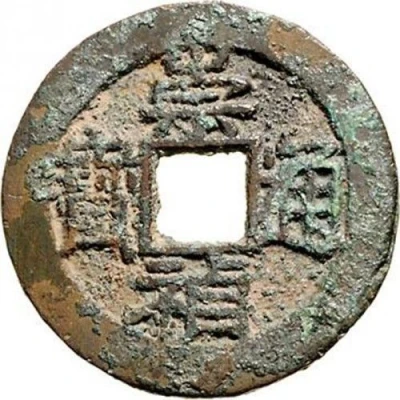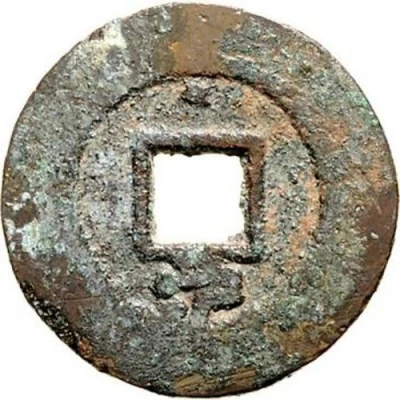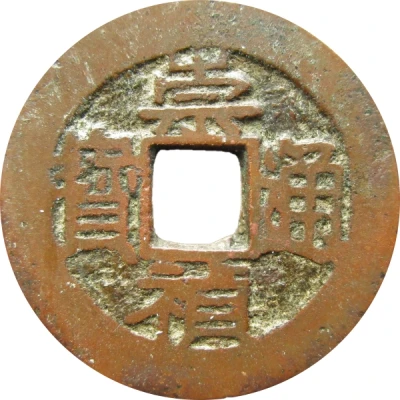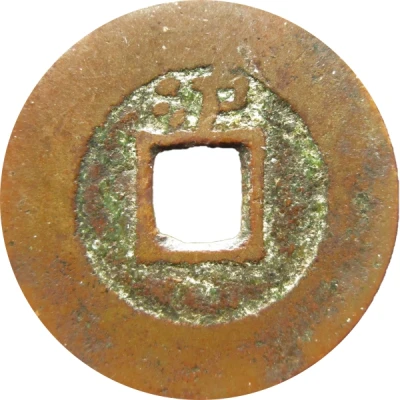


© Teutoburger Münzauktion
1 Cash - Chongzhen Tongbao; northern type; Lu with dot ND
| Brass | - | 24 mm |
| Issuer | Empire of China |
|---|---|
| Emperor | Ming dynasty › Chongzhen (崇祯帝) (1627-1644) |
| Type | Standard circulation coin |
| Years | 1630-1644 |
| Value | 1 Cash |
| Currency | Cash (621-1912) |
| Composition | Brass |
| Diameter | 24 mm |
| Shape | Round with a square hole |
| Technique | Cast |
| Orientation | Medal alignment ↑↑ |
| Demonetized | Yes |
| Updated | 2024-10-04 |
| Numista | N#222609 |
|---|---|
| Rarity index | 100% |
Reverse
One Chinese ideogram and dot at various locations.
Script: Chinese (traditional, regular script)
Lettering: 泸
Translation:
Lu
Luzhou (mint)
Edge
Plain
Comment
Hartill suggests the larger, heavier coins (around 26 millimetres and weighing 1.3 Qian) were the first 1 Cash pieces produced. By 1630, coins minted in the north weighted 1.0 Qian and coins minted in the south weighed 8 Fen or less.The Northern types and the Southern types are differenciated by the left part of Zhen.
- Northern types: 礻
- Southern types: 示
Interesting fact
One interesting fact about the Standard circulation coin 1 Cash - Chongzhen (Tongbao; northern type; Lu with dot) ND (1630-1644) from Empire of China made of Brass is that it was used as a form of currency during the Chongzhen era of the Ming dynasty, which was a time of great economic and cultural growth in China. The coin's design features the Chinese character "Lu" with a dot above it, which signifies the coin's denomination and helps to distinguish it from other coins of similar value. Additionally, the use of brass as the material for the coin was a common practice during this time period, as it was a durable and affordable metal that could be easily minted and distributed. Overall, this coin is a fascinating piece of history that provides insight into the economic and cultural practices of 17th century China.

